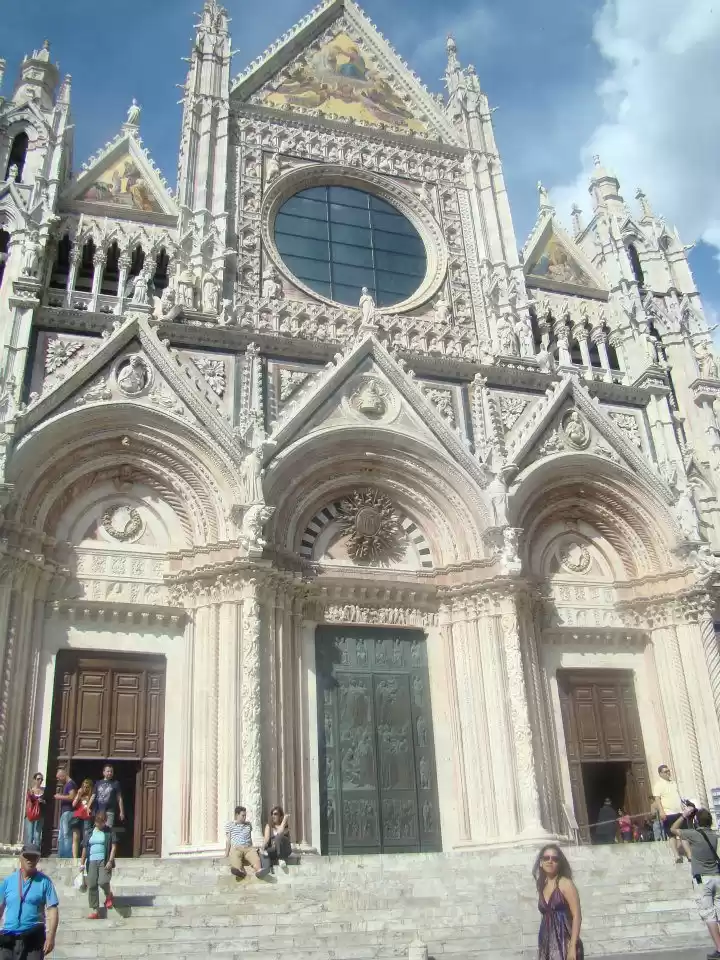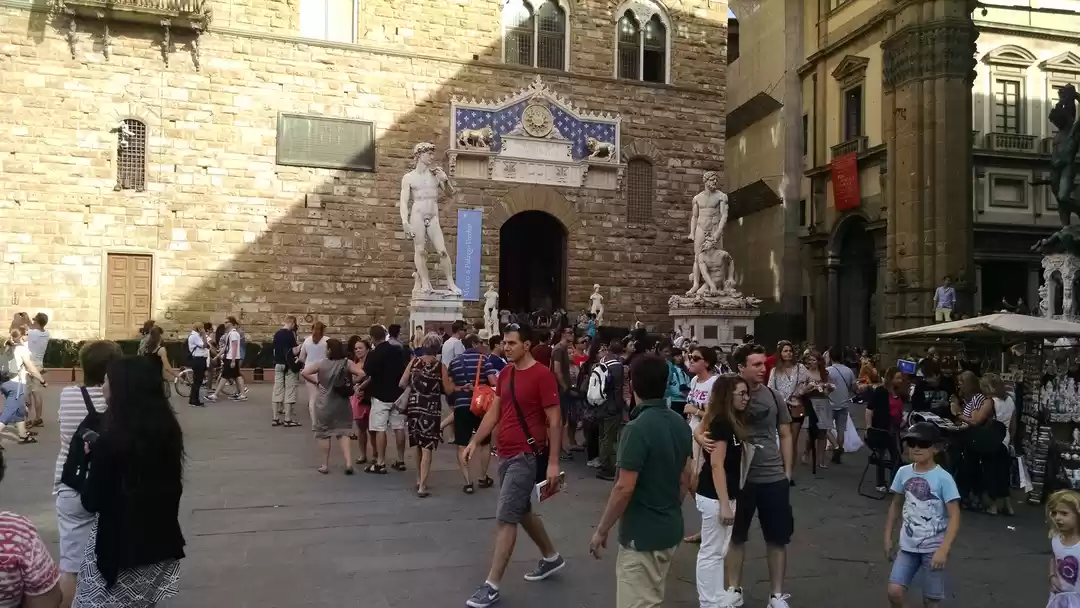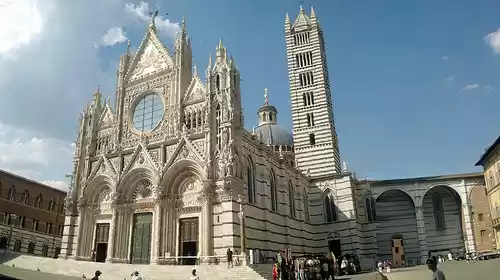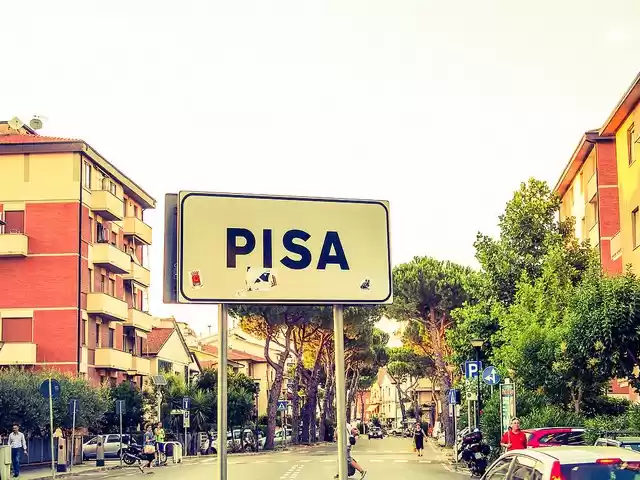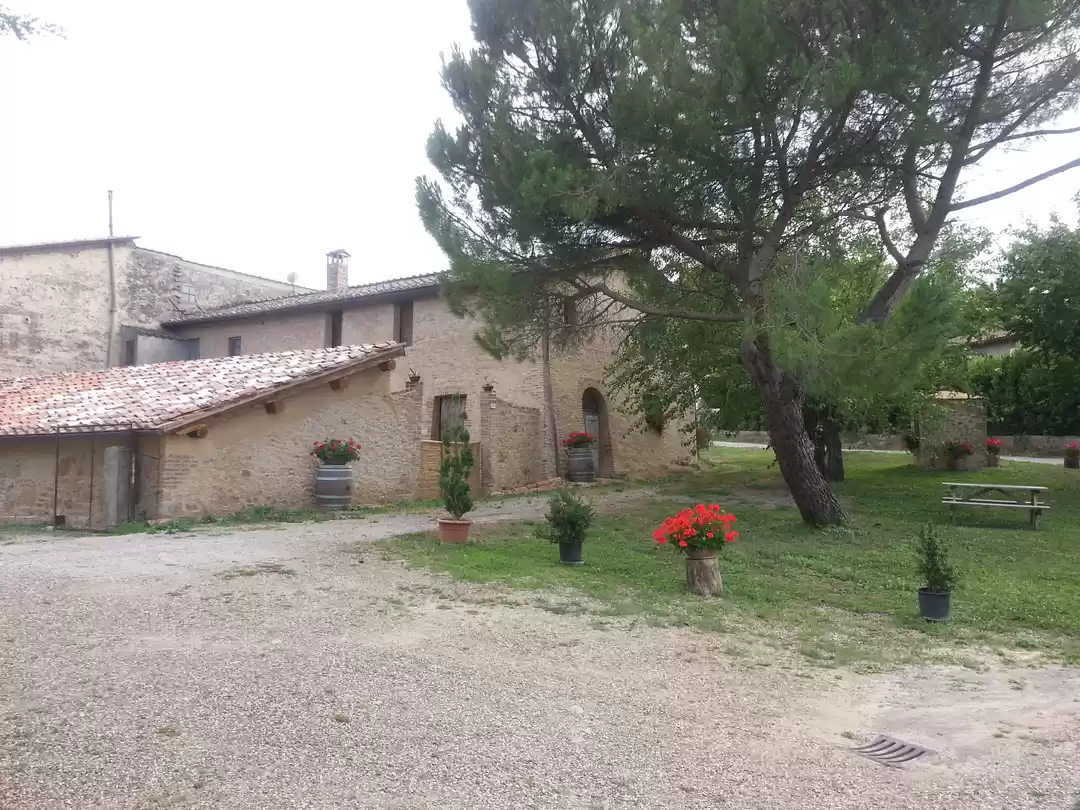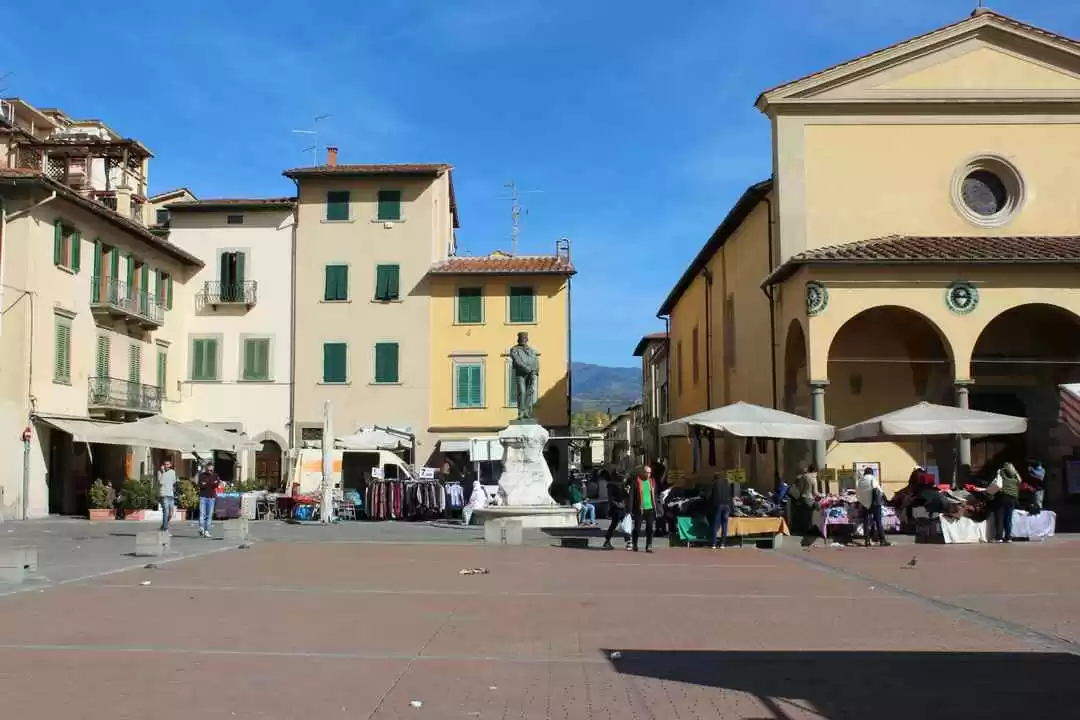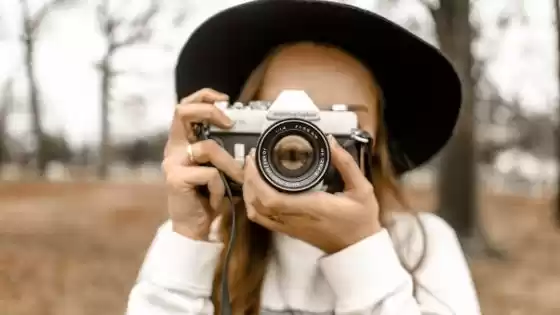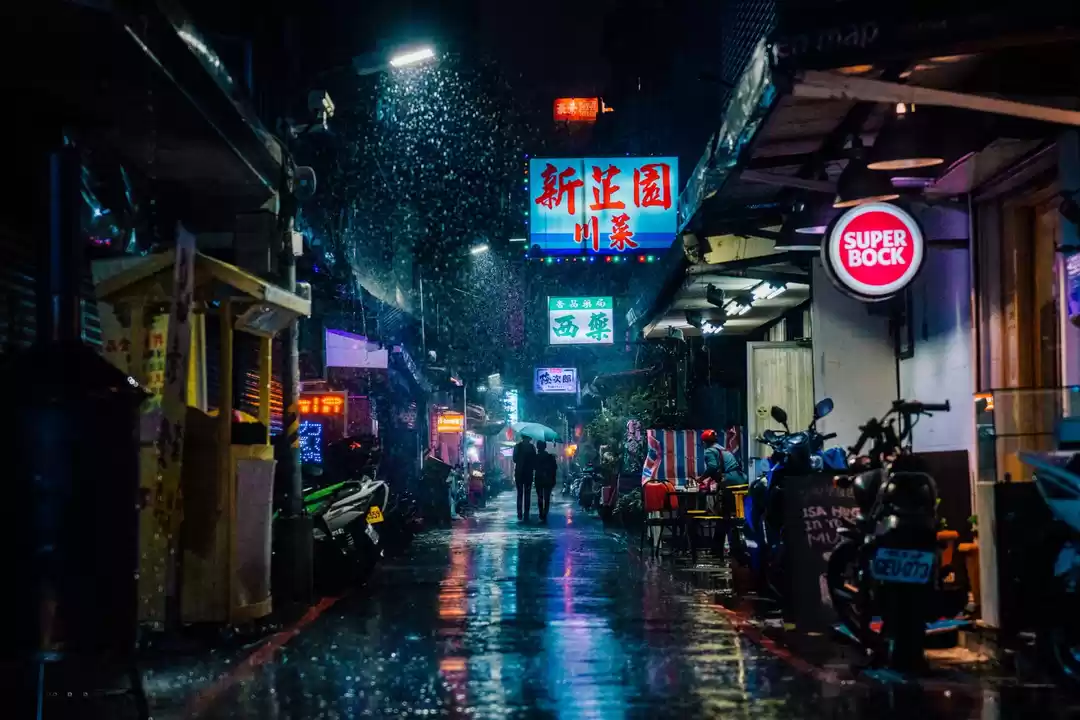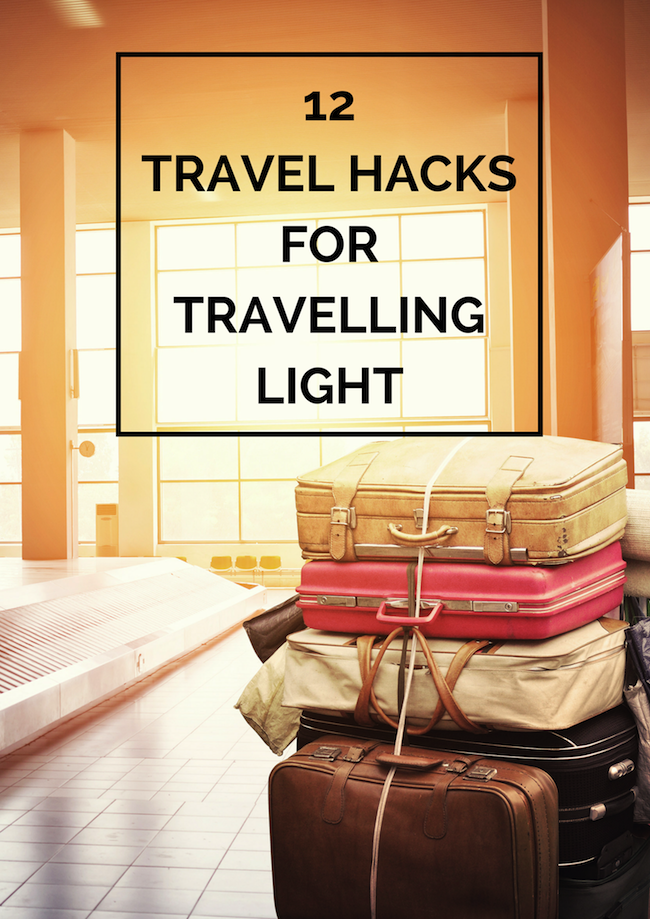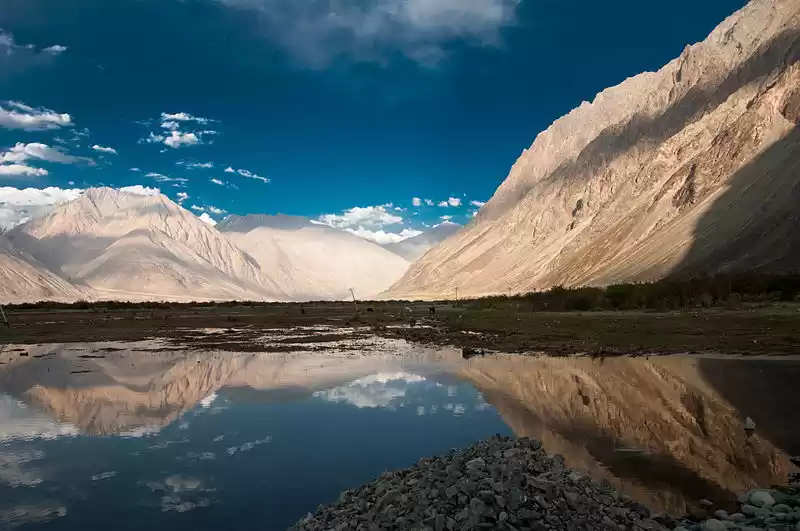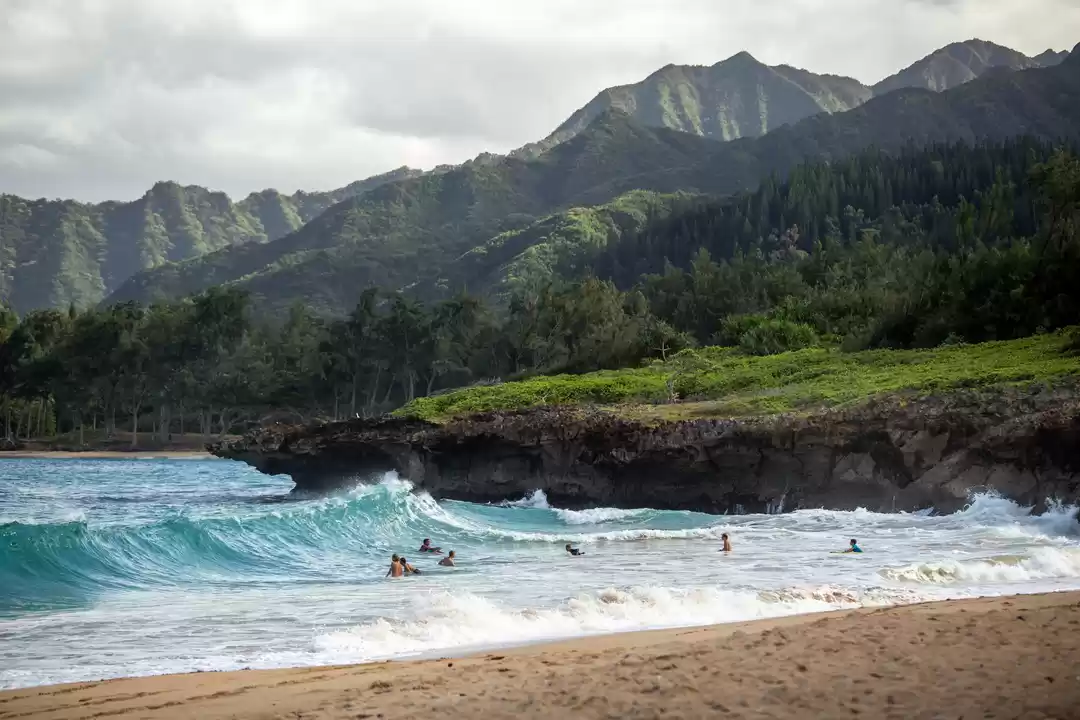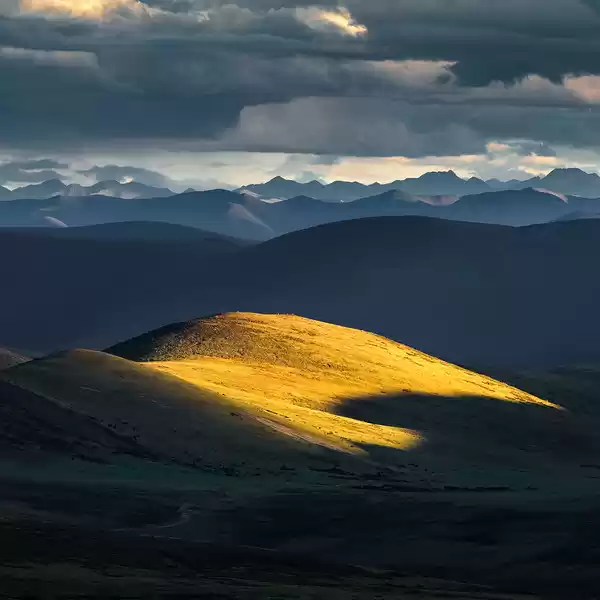Travel photography is more popular now than ever before, but that doesn't mean it is easier to create compelling travel images.
Despite the fact that travel photography is now a highly popular genre, compounded by social media envy, it still takes a great deal of time, planning and effort. In fact, to truly get compelling travel photos that stand out from the rest, you must now work twice as hard.
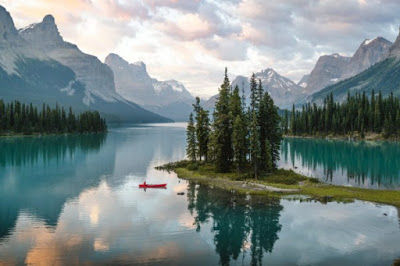
So how can you get beautiful images especially in places where so many others have tried to do the same? In this post, we teamed up with some of the best travel photographers around the world to find out what their secrets are to getting great shots no matter where they go. Their travel photography tips might just change how you approach travel photography.
Look for an interesting, unique foreground
As more people travel and document those travels, it can now be a real challenge to find places that are truly unique. Photographer Oleg Rest points out that "nowadays, it is hard to find a place on the Earth where a photographer has never set foot." Therein lies the challenge: to photograph a place that's been photographed a thousand times and make it look exceptional.
An important part of travel photography is seeing and presenting the world in new ways, even places that have been photographed by thousands of others before. Oleg notes that "one of my secrets to landscape and travel photography is to look for interesting, unique foreground-flowers in Tuscany, stones on a beach, pieces of ice in Lofotens, crooked trees in Patagonia. Interesting foreground allows you to capture a well-known location in a new way."
To do so, you must explore and experiment. There's always a new perspective that's never been done before, whether you're taking photos of epic landscapes or architectural wonders. Plus, trying new ways of seeing the world is "a great chance to see how diverse and amazing the nature of our planet is, and to meet new people." And remember, creativity can make all the difference between an average photo and an excellent one.
Take experiences as they come - stay out of tourist paths for authentic explorations
Echoing Daniel Kordan's advice, Evgeny Tchebotarev recommends avoiding the touristy areas and going deep for the more authentic experiences and places. As he explains, "more often than not, tourist locations are crowded, noisy and overrated."
He's definitely got a point. Much of travel photography is not just seeking out new ways of capturing famous places, but also experiencing the not so famous ones. Though never-been-explored places are now few and far between, there are still many that are firmly off the beaten trail. "So instead of seeing landmarks as tourists see them, go wander around the city, find your spots, and let chance guide you to your own, personal and unique, experiences."
When it comes to travel photography, taking a risk can have big rewards. Asking a local, doing proper research, or simply going in the opposite direction of tour groups can give you new, unique perspectives to photograph.
As far as travel photography tips, this one might be a no-brainer, it can be hard to follow. Jumping out of bed, especially when you're not an early riser, can be a tall order. So is arriving at your location an hour or so before, especially when you're pressed for time. However, these can have a huge payoff that definitely makes up for your momentary discomfort.
"By being at your location early, you have enough time to scout, get to know the place, and find the best composition before the magic moment happens," says Sherwin Magsino. You need to give yourself some time to find the best vantage points and experiment with the best perspectives, as well as to set up before the golden hour or before it gets dark. This can make all the difference.
Trust us, you'll be patting yourself on the back when you see the results. Plan your trips thoroughly, explore unique unknown destinations and bring them to the world
Of course, if you have the chance and time to discover the less explored corners of the world, then you will need to spend more time making sure everything is in order to get the best photos. Daniel Kordan advises "sitting with a map, understanding light and seasons, and looking at logistics. It takes a lot of time, but I really enjoy this part of the process."
Visiting and photographing places that are off the beaten path or are not quite the tourist destinations offer plenty of opportunities for you to bring back images that stand out from the crowd. It only makes sense to spend a good amount of time doing research before a trip, especially if your locations are particularly remote or difficult to reach. Why? Because you want to make sure that you are getting the most out it. As Daniel points out, "we've sailed from Arctic to Antarctica to find unique locations. These expeditions are extremely hard to organize, but they can have a big impact."
Even if you aren't voyaging through the Arctic however, taking some time to consider the times of day, weather, locations and even timing can greatly impact your images. Make it a habit, no matter where you go!
But how much planning is too much? Max Rive admits that while you do have to plan for a few things, "a big part of travel photography should come from the unexpected." Too much preparation can mean missing out on the magic of discovery, stumbling on a street market, finding a festival, or discovering a tucked away viewpoint the guidebooks didn't write about is what both travel and travel photography are about.
Max says that "to connect with the mood, landscapes and your subjects, you really have to be at the location. That is why you should only limit your trip planning to the essentials and allow your itinerary to be flexible." That ability to be flexible is key, as weather and other forces outside of your control can mean that a rigid schedule leaves you without room adapt and adjust. One way to be flexible is to simply do as Max does: "I try to discover what is unique about a certain area, and once I have discovered that, I concentrate on capturing that unique element of the place."
The best part about being flexible, however, is you're opening yourself up to unique experiences and offbeat places you probably wouldn't have stumbled into otherwise. For more discussion you can visit the Web listed here!!


